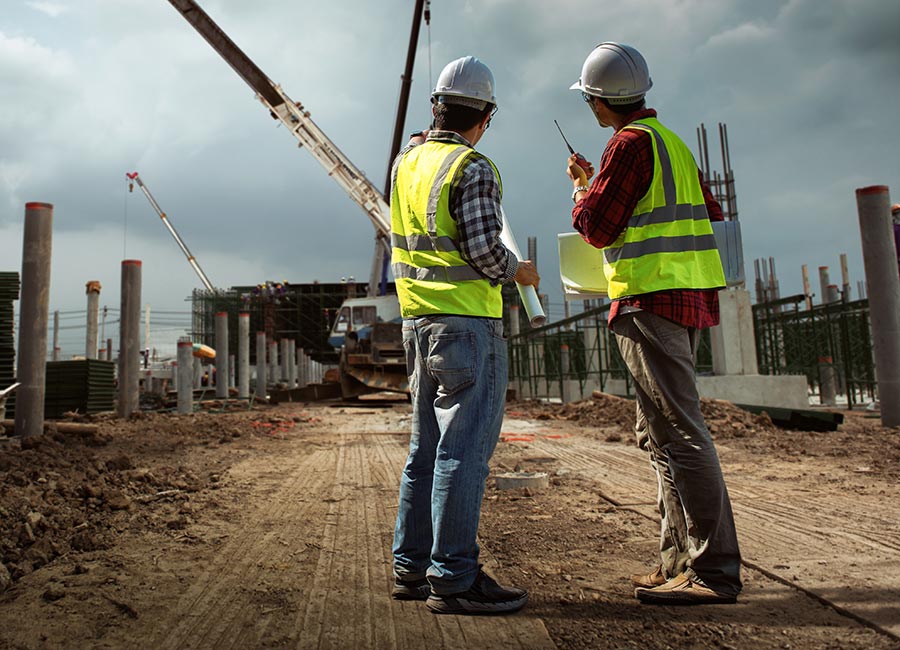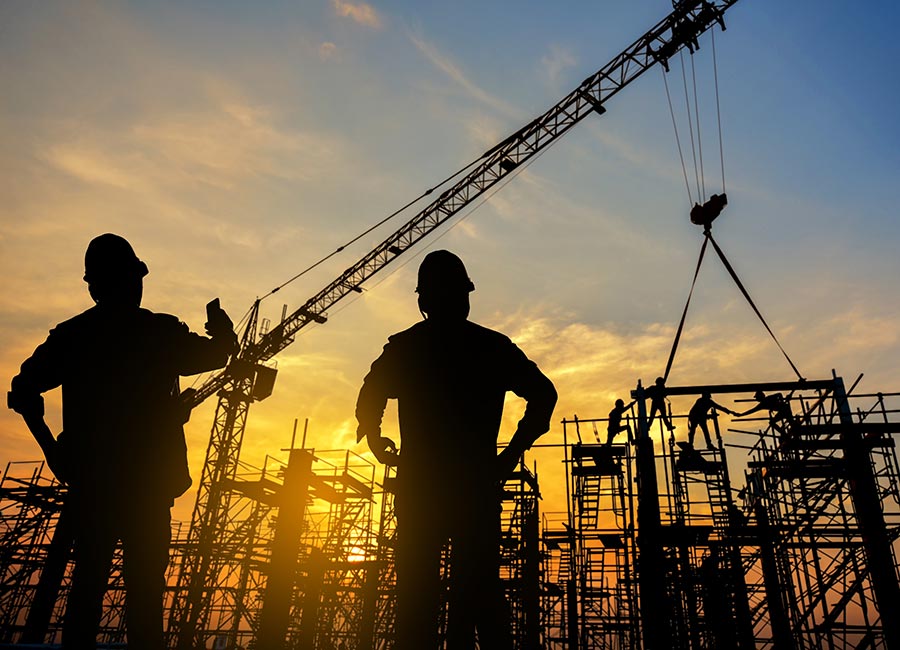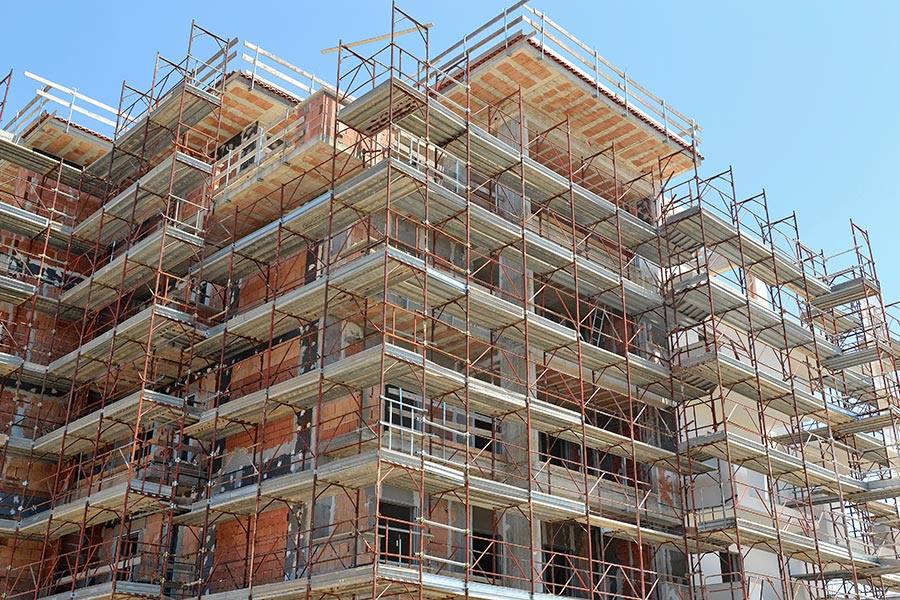The number of construction projects is predicted to drop by 49% next year after a record-breaking 2024.
The drop in starts is related to projects valued at under €100m.
A new report by the Construction Information Services (CIS) has said there should be a pick up in projects for 2026 which will see a 14% increase in starts, or over €10bn worth of new projects.
They note by the end of Q3 2024, starts had already surpassed the total value recorded in 2023, €13.4bn compared to €11.6bn – reaching unprecedented levels.
Residential construction has been a primary driver, with 55,000 new housing units commenced by the end of Q3 - up from 33,000 in 2023.
However, with just 20,000 completions by the end of Q3, the CIS warned supply remains far short of the government’s target of 33,500 new homes annually.
The report notes a severe "dip in housing commencements is expected in 2025 and 2026, as the pipeline struggles to replenish following the waiver’s expiration."
Last April the Government approved additional measures under the Housing for All Action Plan to incentivise the activation of increased housing supply and help reduce housing construction costs.
These included the introduction of temporary time-limited arrangements for the waiving of local authority development contributions and the refunding of Uisce Eireann water and wastewater connection charges.
The Temporary Development Contribution Waiver Scheme only applies for one year to all permitted residential development that commences on site between April 25 2023 and April 24 2024, and is completed not later than December 31, 2025.
Allan Wilén, Economics Director at CIS said: "The surge in residential construction is a testament to the effectiveness of government incentives like the development contribution waiver.
"This policy has created a front-loaded pipeline of activity, reflecting renewed confidence in the housing market.
"However, the challenge will be sustaining this momentum beyond the policy’s expiration.”
Meanwhile, the CIS say starts in the non-residential sector are projected to rise by nearly 30% before steadying off again.
But the report forecasts a 49% fall in investment for the sector "which reflects the erratic nature of this sector which is skewed by large scale infrastructure projects."
In 2025, the CIS say the civil sector is expected to experience a modest recovery, with project starts projected to grow by 4%.
However, this growth will slow to just 2% in 2026, reflecting a gradual deceleration as the industry stabilises.
The industrial sector will say the CIS as a result of investments in manufacturing, logistics, and pharmaceutical facilities see project values nearing €1.2bn by 2027.
The report notes the hospitality sector is booming after seeing a 240% increase in new starts in 2024 compared to 2023.
By Q3 2024, 2,235 new hotel beds were under construction, addressing rising demand driven by increased tourism.
Even still, the Irish Tourism Industry Confederation has warned it may be enough to meet the projected demand going forward in the next decade.
The report notes the project pipeline "remains robust, with planning applications for an additional 2,338 new beds and grants for 1,569 more."
"This expansion is expected to continue, with projections showing investment in the sector rising to €385m by 2025 and €410m by 2026, reinforcing the sector’s upward trajectory."
Both school and hospital projects are expected to pick up next year.
Following a 35% decline in education-related project starts in 2024, the sector is set for a 17% rebound in 2025, with a strong pipeline of projects valued at €320m.
This growth is forecast to continue into 2026, with the total value of education projects reaching €365m.
The medical sector saw significant growth in 2024, supported by major projects like the €800m National Maternity Hospital.
The CIS say "growth is expected to continue at a steady pace in the years ahead to match demand, and the planning pipeline is healthy enough to support rising demand for now".
Post-pandemic, the commercial sector faces a 45% decline in investment in 2024.
But recovery is anticipated by 2026, "as evolving work environments create opportunities for innovation in office design."
The CIS also warn the "construction sector faces critical hurdles, including labour shortages, supply chain disruptions, and rising material costs. Additionally, geopolitical uncertainty and climate commitments pose long-term challenges."
They say "streamlining planning processes, adopt modern construction methods, and invest in sustainable practices will be essential to maintaining growth."
Dave Thompson, vice president of Ireland and Europe at CIS, added: "While the construction industry faces significant challenges, the resilience and adaptability of the sector are clear.

"From record-breaking housing starts to renewed investment in industrial and hospitality projects, the industry has demonstrated its ability to evolve.
"Sustained growth will require strategic planning and a commitment to innovation, but the outlook remains positive for those willing to adapt."











